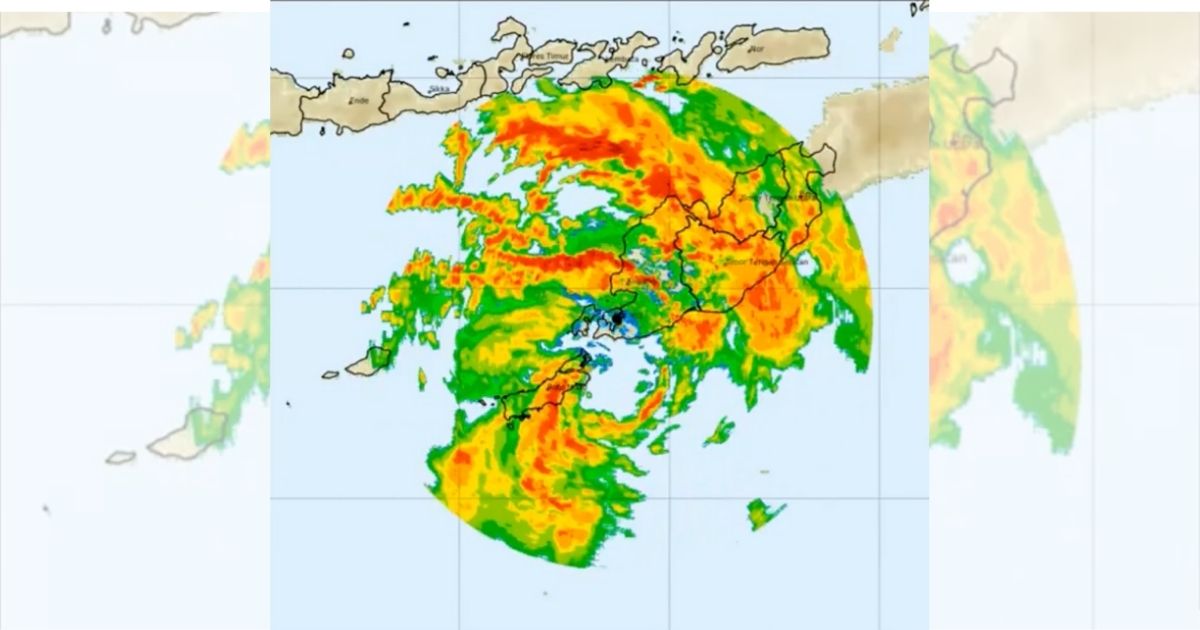The tropical cyclone that triggered catastrophic flash floods and landslides in Nusa Tenggara islands was the strongest Indonesia has seen in more than a decade, an official said today.
Dwikorita Karnawati, the head of the Meteorology, Climatology, and Geophysics Agency (BMKG), today stressed the importance of mitigating the impacts of climate change after torrential rain and strong winds from the tropical cyclone Seroja inundated parts of East Nusa Tenggara (NTT) and West Nusa Tenggara (NTB) on Sunday.
“This is what we all need to be aware of, that we must really mitigate [the impacts of] global warming, if not the situation with these cyclones will become a regular occurrence every year,” Dwikorita said during a virtual press conference.
The extreme events on Sunday killed at least 128 people as of this morning and drove thousands out of their homes, while more than 100 others have been declared missing. Officials are expecting more casualties as relief efforts continue. According to the National Disaster Mitigation Agency (BNPB), the tropical cyclone Seroja affected 10 regencies and one city in NTT, and one regency in NTB.
Since 2008, BMKG Jakarta’s Tropical Cyclone Warning Center has detected 10 tropical cyclones in Indonesia, the latest and strongest being Seroja, which the agency had detected as early as April 2.
What makes Seroja different from previous cyclones is that Seroja moved much closer to land, which made it more destructive. This is the first time that a cyclone moved in this way in Indonesia and triggered such a tremendous impact, Dwikorita said.
“This is not common. That’s why we need to evaluate because [it’s possible] that this was caused by increasingly warm surface-level temperatures of the ocean,” she explained, noting that climate change could be to blame.
The Indonesian Forum for the Environment (Walhi) in NTT separately said that the fatal flash floods and landslides in the province were also triggered by severe environmental damage caused by land conversion, illegal logging, and mining.
BMKG also warned of more extreme weather events, including heavy rain, strong winds and lightning, until tomorrow in NTB and NTT, as Seroja moves away from Indonesia. The agency said strong waves with height ranging between 1 meter to 6 meters in different parts of the country should be expected, including in the southern waters of Sumba Island.
Meanwhile, Bali, South Sulawesi, and parts of Southeast Sulawesi should also expect moderate to heavy rain, lightning, and strong winds until at least tomorrow.





Reader Interactions